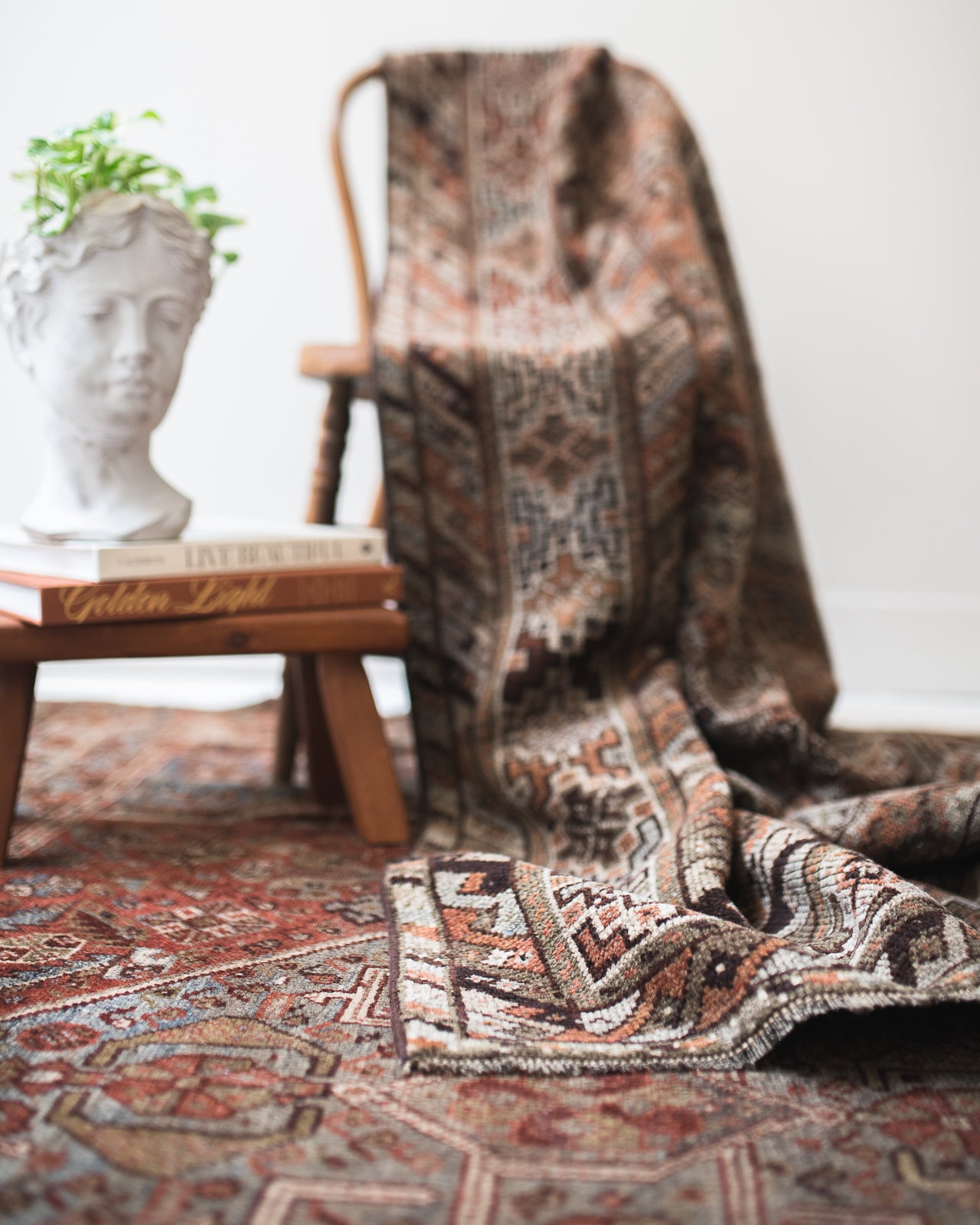
This autumn is all about renewal and expansion for Minimal Chaos. The release of our first official jewelry collection is one of those magical moments we have been so eager to share with you all. Let’s talk the tiniest bit about Middle Eastern trade history, and explain why rounding out The Souk is a must for us.
Turkey sits right in the middle of Anatolia, the peninsula that connects Europe with Asia. This location, no surprise, has fostered a rich culture of trade as far back as we can historically trace; Assyrian merchants established Turkey as an important hub for luxury goods early on. Archaeologists believe skill in Turkish metallurgy goes back to 5,000 BCE.
With the Byzantine Empire, Roman influence and motif spread throughout Europe and Asia, along with the importance and popularity of adornment. As Istanbul became a “lavish” center of style and craft, gemstones from all over the world met with Turkish gold and silver handwork and over time has evolved into more minimal contemporary design styles.

Byzantine Gold Pearl Sapphire Amethyst Emerald Bracelet, c.6th-8th Century, Source - The Metropolitan Museum of Art
By the time the Ottoman Empire was in power, gold was “not just for personal adornment, but for many it was a way to reserve and hold money. Frankly, the Ottomans were obsessed with jewelry and wealth, and this came hand in hand with the success of the Ottoman empire.” Many palatial jewelers were Christian or Jewish artisans, melding European influences, at a time when the culture was also becoming “Persianised” creating a unique blend of three religious fashions.

Byzantine Temple Pendant and Stick, Made in Constantinople ca.1080-1150, Source - The Metropolitan Museum of Art
“This vast, decorative, and lavish jewelry history significantly shaped how Turkey and the Middle East as a whole was perceived by the west in the 19th century. The Middle East was frequently exoticised by 19th century and 20th-century artists, especially in a sexual guise. Many artists portrayed Turkish and Middle-Eastern women wearing lots of jewelry, flowing diaphanous robes, and in suggestive poses, transforming them into “odalisques”(reclining nudes).”
 Odalisque Jean-Joseph Benjamin-Constant (French,1845-1902)
Odalisque Jean-Joseph Benjamin-Constant (French,1845-1902)
Okay so back to Minimal Chaos…
Boasting glistening fingers, wrists and ears, it's easy to imagine the instant requests Sarah received upon each return home from the souks. Handmade gold and silver jewelry pieces from Istanbul were rationally the first goods Sarah brought home to The States to share with friends.
We wanted to keep this nod to our origin as a mainstay of the shop. Our first jewelry release consists of two themes we thought would be a great introduction.
“Bestie Bridal” celebrates the rich history of goldwork. Sarah and I each saw our childhood best friends get married this season and we couldn't help but curate a collection inspired by wedding season, yet classic enough for year-round. Beautiful pearl and shell beadwork contrasted with dark set rhinestones and a few “something blues” will keep you perfectly paired for any ceremony or lend the perfect accent to your winter whites.

“Talismans” is an intro to the many symbols of Middle Eastern jewelry culture and design. Just in time for spooky season, a contemporary take on ancient motifs like the Hamsa, or Hand of Fatima, as well as roman coins, horns, and of course more pearls.

Each piece is a modern ode to the unique construction and detail of Turkish jewelry history, brought to you by a small business run by an Afghan family who, like many other refugees, have made Istanbul their home.
“Ottomans valued the original shape and natural contours of a gemstone, and the pieces had a rougher, but nonetheless still beautiful, look to them.”
Holly












